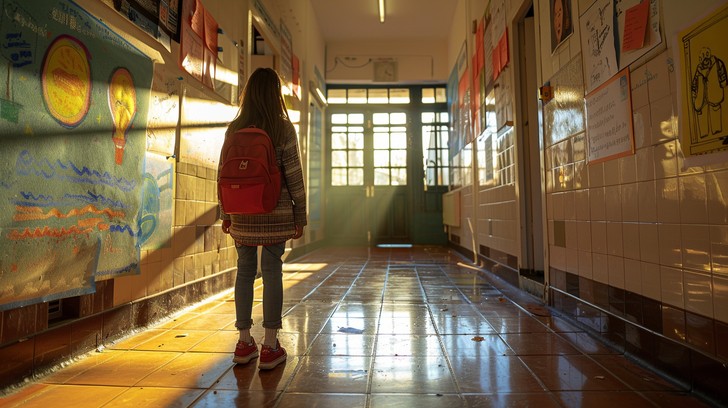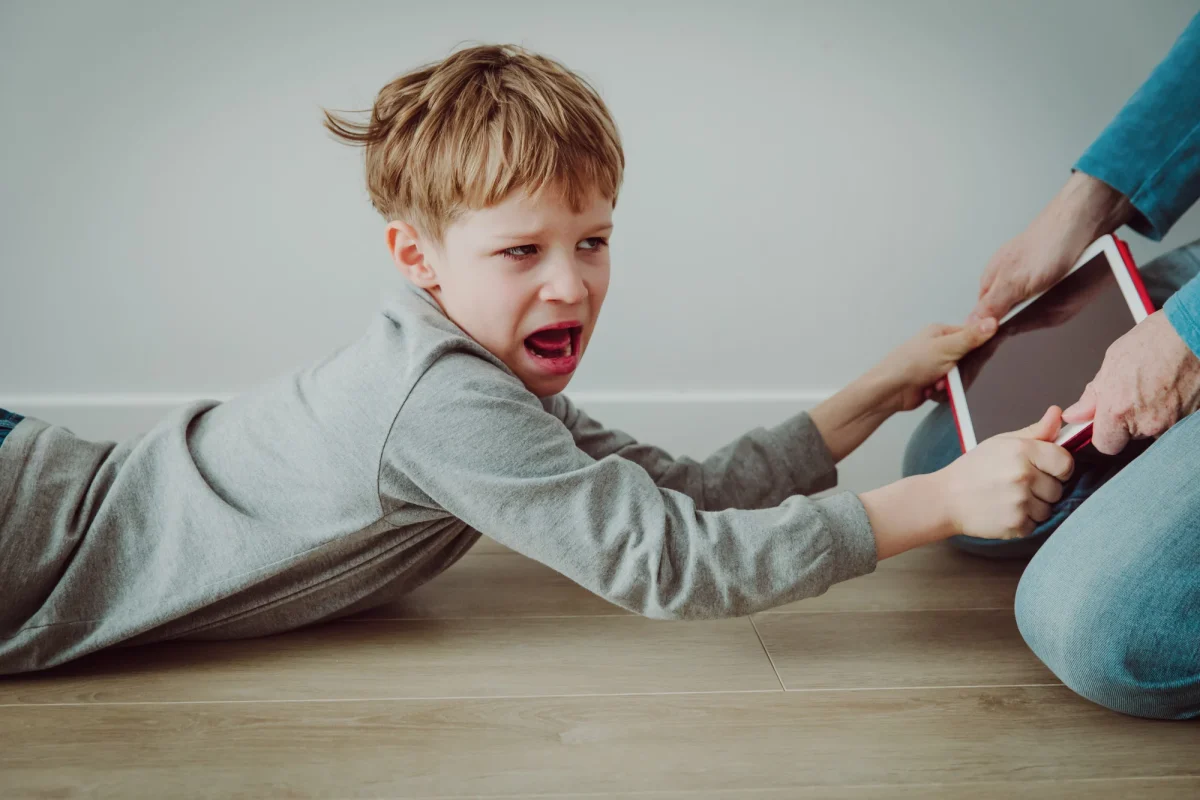“The school failed them, they could have prevented these deaths and they didn’t,” said Apalachee High School parent Rabecca Sayarath following the September shooting. On September 9th, Apalachee High School freshman Colt Gray shot 11 faculty and students, resulting in the deaths of two teachers, Cristina Irimie and Richard Aspinwall, and two students, Mason Schermerhorn and Christian Angulo.” Colt Gray, the perpetrator of the shooting, faces four counts of murder and will face more charges to account for the injured, according to the Barrow County District Attorney’s Office. Colin Gray, Colt Gray’s father, also faces four counts of involuntary manslaughter, two counts of second-degree murder, and eight counts of cruelty to children.
Once again, parents and students across the country are expressing concerns about the effectiveness of campus security. The perpetrator’s mother is speaking out about the failures of the school. “I told them it was an extreme emergency and for them to go immediately and find Colt to check on him,” Marcee Gray later said in a text message to her sister. “I don’t understand what took them so long.” According to a 2019 report shared by the U.S Secret Service almost all mass school shooters shared threatening or concerning messages or images. More than 75% of school shooters elicited concern from others prior to the attacks.
Concerns about minors’ access to firearms persist, particularly as the perpetrator’s father is accused of providing Colt with the AR-15-style rifle used in the shooting. A study by the American Academy of Pediatrics found that nearly half of all parents with a firearm in the home incorrectly assume their children don’t know where the weapon is located.
Politics often undermines the real issue of school shootings, making it difficult to find a definitive solution or cause. Politicians inherently exploit school shootings for political leverage or to advance their political agendas, creating disingenuous narratives. Despite this, nonpartisan organizations such as Sandy Hook Promise and March for Our Lives are diligently researching statistics and data to identify practical ways to reduce the occurrence of school shootings.
Student Perspectives
In an effort to understand the diverse perspectives surrounding the issue, we went to the Townview student body with questions exploring causes, experiences, anxieties, and preventative measures.
When asked about the primary causes of school shootings, student perspectives were fairly diverse. Some students believed that gun laws and mental health neglect were to blame. Other students mentioned the loose, liberal, and unsafe access to guns as a concern. “The main reason is young adults having such easy access to guns,” Law Magnet senior Betsy said, “Also mental health, the mental health issues that are prevalent in young adults nowadays.” Others believed American and school culture is the culprit, mentioning disconnect and lowered standards of expectation in America. “The community is damaged within the schools,” Mone Davis said.
When asked what preventative measures could schools implement to reduce the prevalence of school shootings, students advocated for increased security, stricter gun regulations, mental health assessments, and allowing teachers to carry firearms. “I think we should have better, more qualified staff for the entrance, and more officers on campus,” said Law Magnet senior Matthew Ramos. The majority of student responses concerned firearm restrictions, Law Magnet senior Angel Diaz contends “A ban on assault rifles is a really good idea. No citizen needs an assault rifle. What do you need that for?”
When asked how school shootings have affected their anxieties surrounding school, students mainly expressed that they have felt more anxiety because of school shootings. “It’s not just a chance, it’s something that’s significantly happening a lot throughout the country and at schools nearby to us and I feel like it’s pretty scary to know you could be dead today.” Senior Emily Ramirez and others expressed having a constant thought in the back of their head, a fear that’s always there. “You’ll hear a loud sound or a loud bang and it’s like, oh is today the day?” Angel Diaz said, particularly reflecting on an instance where an administrator, a couple of years ago, over the intercom started their announcement in a very unfortunate way that made it sound like Townview was the next victim. Even though it was just a routine announcement, because of our sensitivity and hyper-awareness of the issue, a slight deviation in verbiage can spark fear. “You don’t know which drills are drills. It’s scary.”
When asked how preventative measures affect their experience at school, students shared similar remarks. Generally, they felt apprehensive about Townview’s security protocols, including checkpoints at entrances and frequent ID inspections. “It’s annoying. It’s very annoying. There should be no reason I have to wait 30 minutes to get inside the school,” said Law Magnet senior Angel Diaz. Students expressed annoyance at long wait times due to security checks, with one comparing it to airport security. Female students in particular have expressed frustration with security protocols, feeling as though their personal spaces and private items are routinely violated. They specifically mention period or makeup bags as the targets of unnecessary invasion. In addition, girls are much more likely to be wearing metallic accessories such as earrings, necklaces, and even basic underwire, causing a great deal of difficulty at the metal detectors.
Conclusion
In a nation that lacks the extreme poverty and violence of politically unstable states like Afghanistan, the frequency of school shootings seems unimaginable—yet their reality is tragically undeniable. Since the 1999 Columbine High School shooting, over 338,000 students in the U.S. have been exposed to gun violence on their school campuses. Despite this staggering number, the frequency of school shootings has not decreased; in fact, it continues to rise, yet we are still awaiting change. What does it say about a society where leaders won’t take the initiative to support the well-being of future generations—their inevitable successors? It goes without saying: America has to do better. We, the children of America, desperately depend on it.








